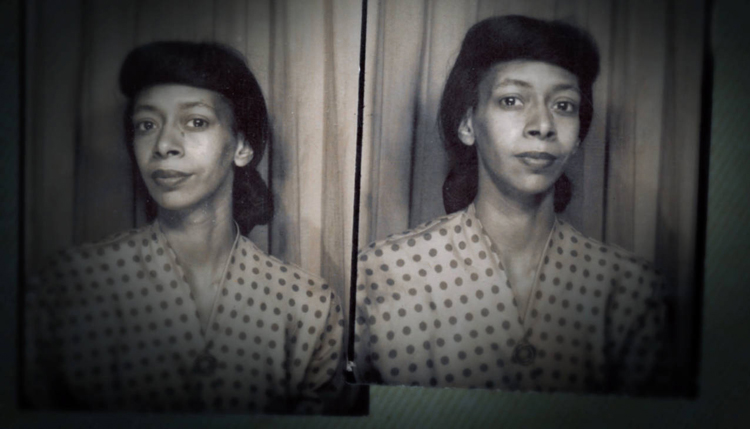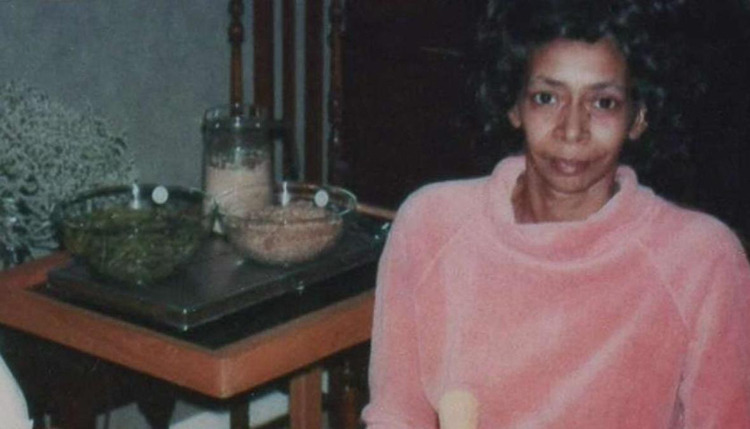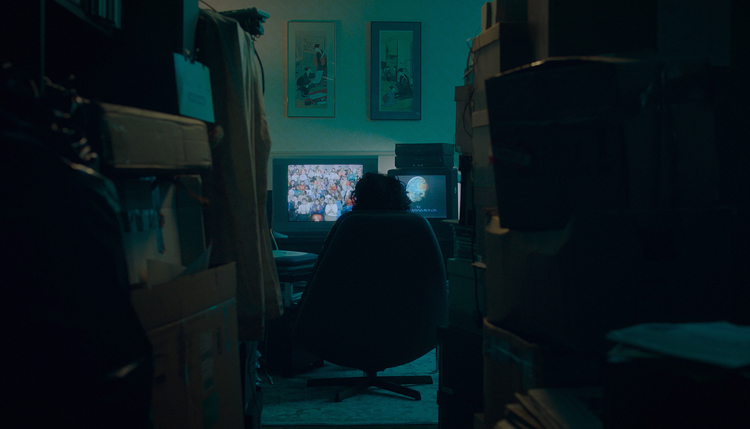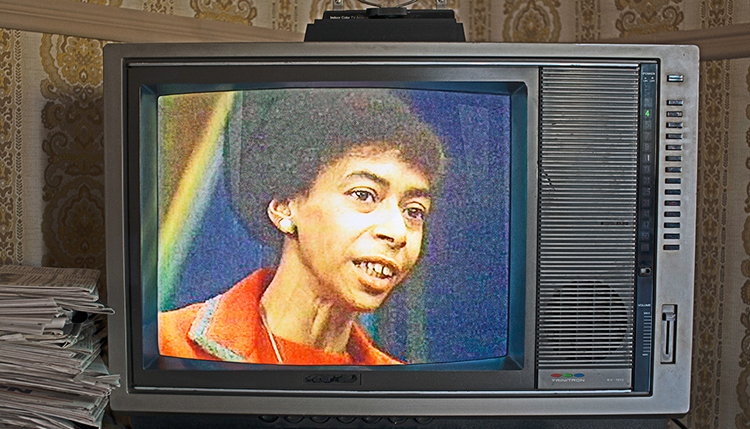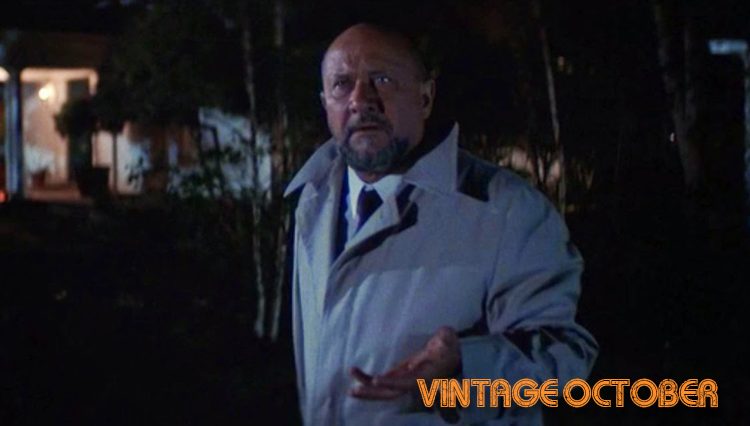“She channeled her natural hoarding tendencies to [the] task [of creating an archive]”.
Recorder: The Marion Stokes Project, 2019 (Marion Stokes) Zeitgeist Films
“Marion Stokes was secretly recording television twenty-four hours a day for thirty years,” so the documentary’s publicity materials pledge. If you watch the movie, you can plainly see somebody took video of Marion Stokes as she went off on her “secret” mission to record television. She had boxes and boxes of video recorders, Betamax, and VHS, all recording different channels.
It seems like a hobby, doesn’t it? It doesn’t look as though she were doing something clandestine. What is clandestine when it happens in the privacy of one’s home? Recorder: The Marion Stokes Project views its subject as a forerunner of a movement of monitoring news channels, recording television shows at the time they were originally broadcast, but it’s not a “movement.” It’s hoarding. Glamorous and nostalgic, to be sure, but it’s still hoarding.
Director Matt Wolf wants to take Stoke’s hoarding/recording as a springboard for her “activism,” which consisted of producing Input, a Philadelphia public affairs show, which ran for two years from 1967 to 1969. Wolf wants us to idolize Stokes as a cult hero while denying her obvious obsessive-compulsive behavior. It’s as if we could overlook the boxes of recorders and tapes, the rooms filled with unopened Apple Macintosh computers, the thousands of newspapers, the tens of thousands of books, as well as toys and dollhouses because she considered herself “in the know” as far as politics and “social justice” were concerned.
We’re also required to overlook the fact that Stokes was insanely wealthy. A person could not have a hobby like this if they weren’t. This is the story of a woman with too much time on her hands and a bottomless pit of a bank account. I don’t know how the filmmakers couldn’t see this. Perhaps it was because she was loved by her family. I know plenty of hoarders. Nobody’s scrambling to make a documentary of their lives.
Also, if you truly love someone who suffers these scathing abandonment issues, you organize interventions. You take away their toys. You tell them, “No. Stop that. This isn’t healthy.” You don’t glorify this behavior. After Stokes’ death in 2012, her collection was donated to the Internet Archive, which is still in the process of digitizing this stuff. I think that’s a bad idea.
If we remove mechanical, physical media entirely from the equation, we run the risk of accidentally erasing our entire recorded history. I still have a collection of VHS, DV, MiniDV, 8mm, and HI-8 tapes in my basement. I don’t know what to do with them, but let’s say I digitize them and upload them to YouTube. How do I know I won’t run afoul of corporate fascists who decide to eliminate my channels? What happens to my content? I’m going off on a tangent, but you see my point.
Stokes suffered from an illness that required her to record everything, to search for meaningful patterns. There’s some interesting 9/11 footage (as it happened) and the exact moment when each of the major networks started moving their cameras to the World Trade Center. Did you ever notice w hen the 9/11 anniversary rolls around, those “As It Happened” videos disappear from social media? That, in itself, is a much more interesting movie than the story of Marion Stokes. She’s basically you and me. The only difference is somebody thought she was interesting enough to make a documentary. As it stands, Recorder is a fine example of pop culture epistemology.


